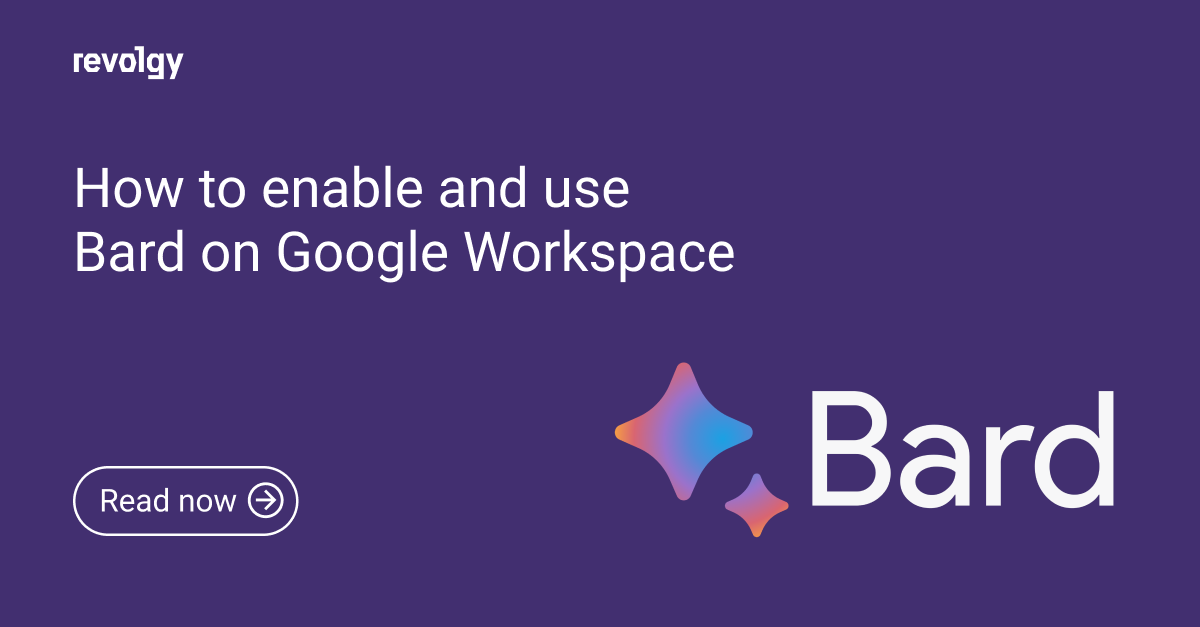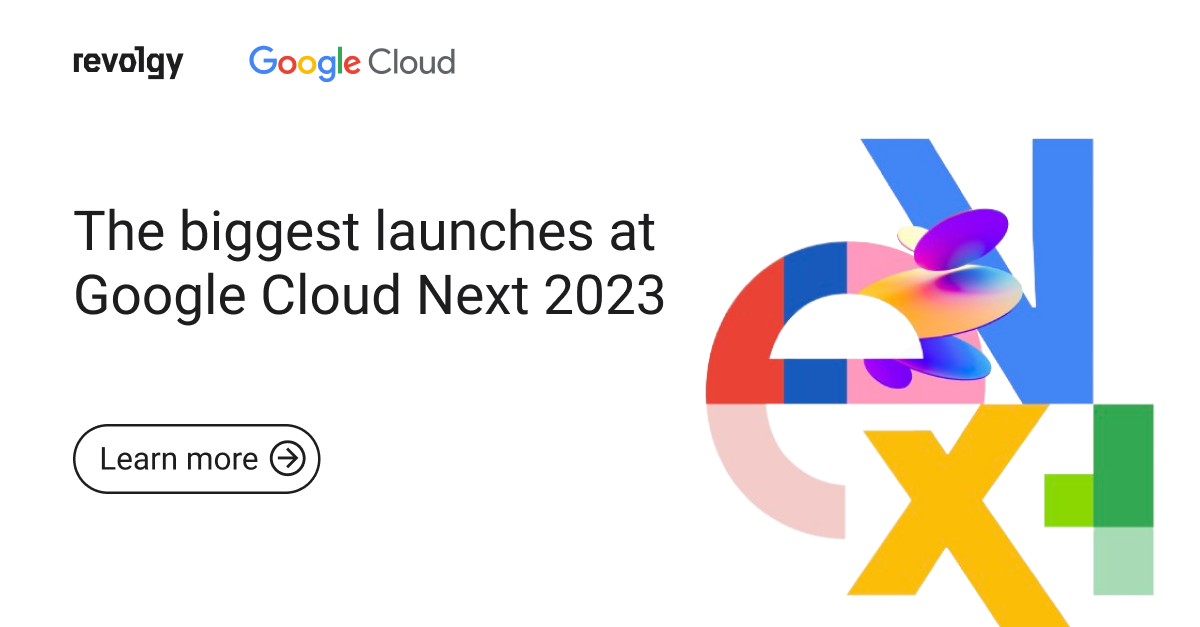GCP, Google Workspace
How Google’s generative AI is shaping the future of content creation
Generative AI, or generative artificial intelligence, is a rapidly growing field of artificial intelligence, changing how we create and consume content. Google is at the forefront of development, and its generative AI tools are already being used to create everything from realistic images to engaging stories.
Let’s explore what generative AI is, how it works, and some of the innovative AI tech Google has introduced so far.
First things first: Understanding generative AI
Generative AI involves using AI technologies to produce and generate new content. This includes a wide range of materials, from text and images to music, audio, and videos.
AI versus generative AI
AI is a term used to describe machines that can simulate human intelligence. Generative AI is a subset of AI that focuses on creating new content, such as text, images, and videos.
How does generative AI work?
Generative AI works by learning from a large dataset of existing content. The first step is to collect a dataset of existing content. This dataset can be anything from text to images to videos.
Then it’s necessary to train the model on the dataset. This process can take a long time, depending on the dataset’s size and the model’s complexity.
Once the model is trained, it can be used to generate new content. The model will use the patterns and relationships it learned from the dataset to create new content similar to the dataset’s content.
Now we’ll take a look at specific tools:
Duet AI helps you write, organize, and visualize
Google is developing a generative AI technology called Duet AI. Duet AI is designed to help people work more effectively and efficiently by providing real-time assistance and insights.
Duet AI is still under development, but it has already been used to create several helpful features for Google Workspace apps:
- Help me write: In Google Docs, Duet AI suggests relevant words, phrases, and sentences to enhance your writing.
- Help me organize: In Google Sheets, Duet AI streamlines data management. It crafts custom plans and templates, enabling users to categorize and structure their data more efficiently.
- Help me visualize: In Google Slides, Duet AI can help you visualize your data by creating charts and graphs.
Duet AI is also being used to develop new features for other Google products, such as Google Meet and Google Search. As Duet AI continues to develop, it will likely impact how we work and learn. It has the potential to make us more productive, more creative, and more informed.
Bard competes with ChatGPT and other language models
Bard is a large language model (LLM) chatbot developed by Google AI. Bard has been extensively trained on vast amounts of text and code, enabling it to produce human-like responses to a wide range of prompts and questions. It can provide factual summaries and even create engaging stories.
Bard is similar to other LLMs, such as ChatGPT and LaMDA, but it has some key differences. Bard is a specialized LLM that excels in providing detailed and comprehensive information. On the other hand, other LLMs are more general and better at generating creative text formats such as poems, code, scripts, musical pieces, emails, and letters.
Generative AI Studio
Google is also developing a platform for building and deploying generative AI applications. Generative AI Studio makes it easy for developers to create generative AI applications without having to be experts in machine learning.
Generative AI Studio is still in beta, but it has the potential to make generative AI more accessible to a wider range of people. This could lead to a new wave of creativity and innovation in the world of content creation.
Find Generative AI Studio in the Vertex AI section of your Google Cloud Console.
Imagen creates photorealistic images from text descriptions
Imagen is one of Generative AI Studio’s tools. It is still under development, but it has the potential to revolutionize the way developers create and use images.
Imagen is a text-to-image diffusion model that can generate photorealistic images from text descriptions. For example, you can give Imagen a text description like “a black cat sleeping in a chair”, and it will generate a realistic image of a cat sleeping in a chair.
Possible uses for generative AI
Generative AI has many applications in various fields. It can create realistic images, videos, and text, which can be used for entertainment or educational content.
In product design, generative AI can produce accurate prototypes, allowing designers to receive customer feedback before production. For marketing, generative AI can generate personalized content that targets specific audiences with relevant promotions and ads.
Additionally, generative AI can create chatbots that provide customer support and answer questions, freeing up human customer service representatives to handle more complex issues.
Conclusion
Although still in the early stages of development, generative AI has the potential to change the world. Google is among the top world leaders in generative AI, and its tools are already being used to create pretty amazing things.
Check out our blog for Google Cloud updates and exciting new releases, or schedule a free consultation with us.



